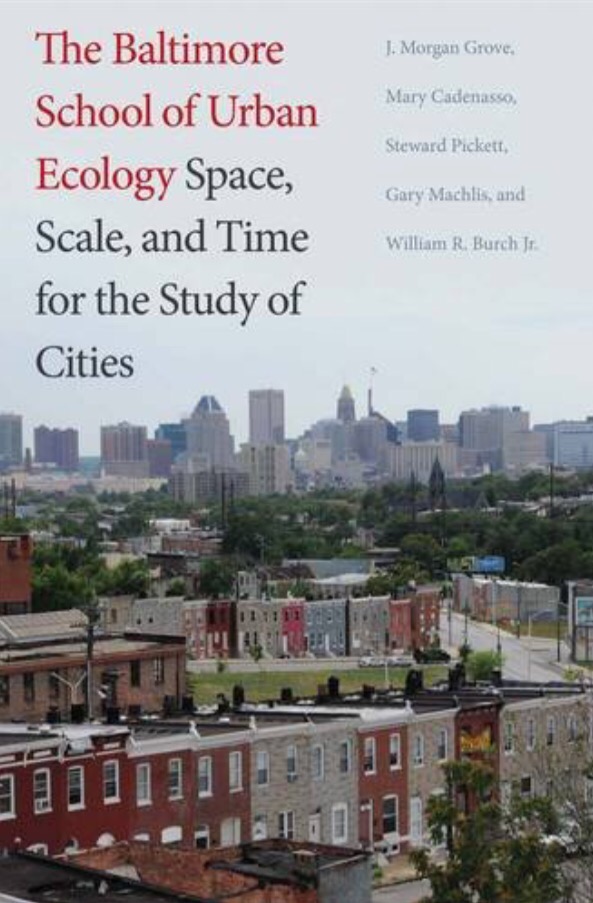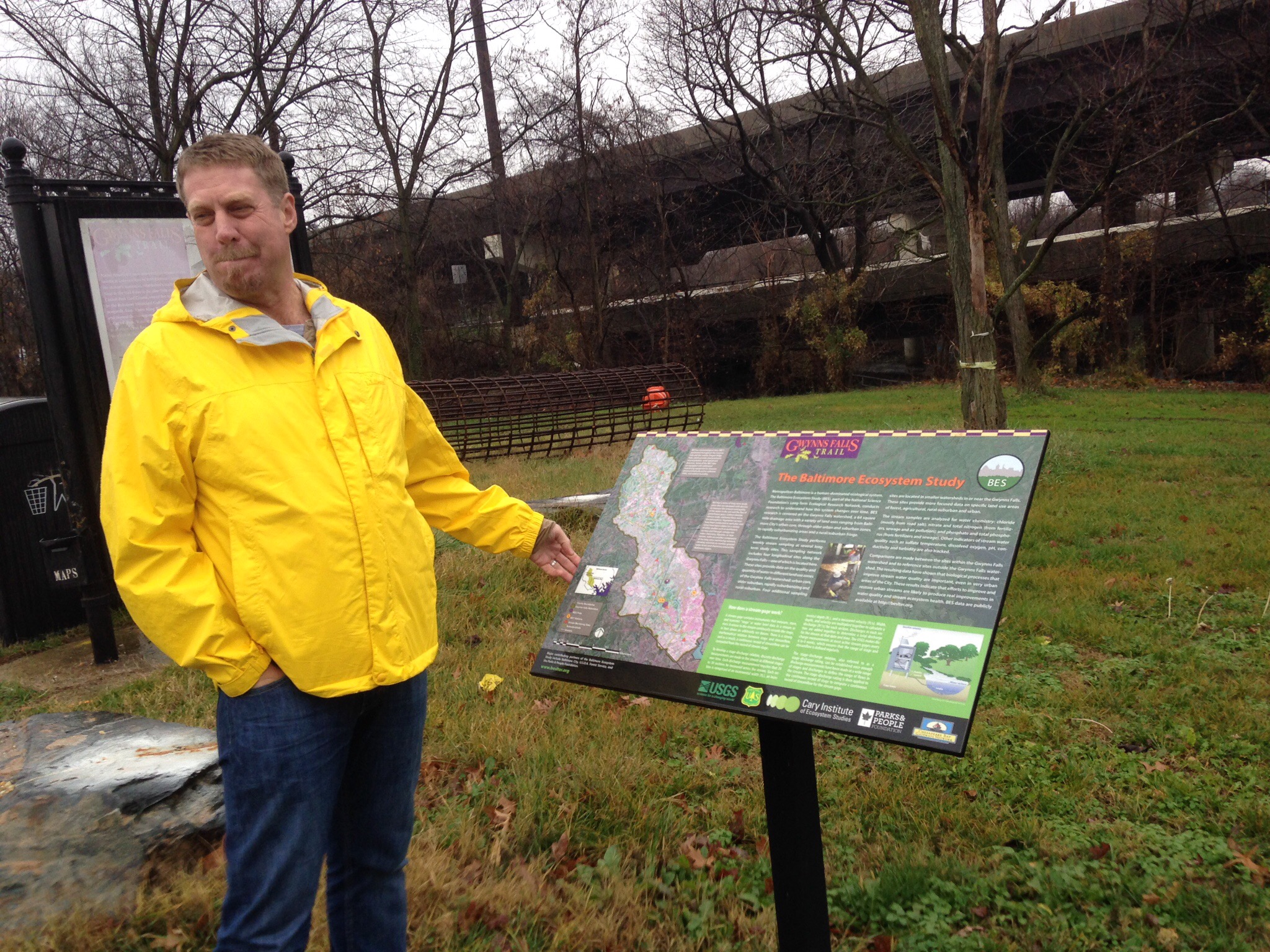Last Friday we had the opportunity to host some folks from the USDA Urban Ag Working Group to show them some urban farming in Balitimore. We toured and met with representatives of:
- Civic Works, an NGO urban farm operation;
- Whitelock Community Farm;
- Big City Farms, a for-profit B Corp; and,
- Green Street Academy, a public environmental charter school.

Civic Works’ Real Food Farm
Real Food Farms is an NGO whose offerings include a farm on 8 acres in Clifton Park, a mobile farmers market, a community-supported ag co-op, and produce sales to restaurants and institutions.

Whitelock Community Farm at Reservoir Hill
‘s mission is to pursue affordable sustainable fresh food sources, provide neighborhood job creation, and help revitalize the neighborhood through greening and positive community activity.
The farm also implements its mission through farm-based learning programs such as gardening and cooking classes for children and adults. We believe that everyone has a right to affordable, healthy, quality food accessed in a way that is environmentally sustainable and socially just.

Strength To Love II at Big City Farms
is an NGO group of ex-offenders and people of faith coming together to improve lives in the community under the leadership of Newborn Community of Faith Church.
Big City Farms, a Baltimore-based, for-profit B Corp urban farming company, is building a network of urban farms that create good jobs for worker-owners, transform neighborhoods by improving vacant and blighted urban land, and produce ultra-local, organically grown, healthy food using sustainable, biological growing methods. They grow, process, and sell produce from their network of hoophouse farms to restaurants, institutions, grocers, and individual consumers. BCF provides training, oversight, and market connections to the S2LII operation at Fulton and Monroe, and will ultimately transition the site operation to S2LII.

Green Street Academy
is a public environmental charter school. They have a number of agriculture and aquaculture programs for students, including an urban ag project being undertaken cooperatively with
Civic Works’ Baltimore Orchard Project.
Urban agriculture takes many shapes in Baltimore, but the variety efforts are all supporting the triple bottom line of ecology, economy and community by creating jobs and providing food security.
Many thanks to Abby Cocke of the Baltimore Office of Sustainability for her great work in helping to coordinate and provide context for the tour stops.
Thanks to our colleagues from USDA for taking the time to learn and share with us in Baltimore!
The Consulting Group at SavATree provides project support to the US Forest Service Northern Research Station and the Baltimore Urban Waters Partnership.
39.008206
-76.486251































